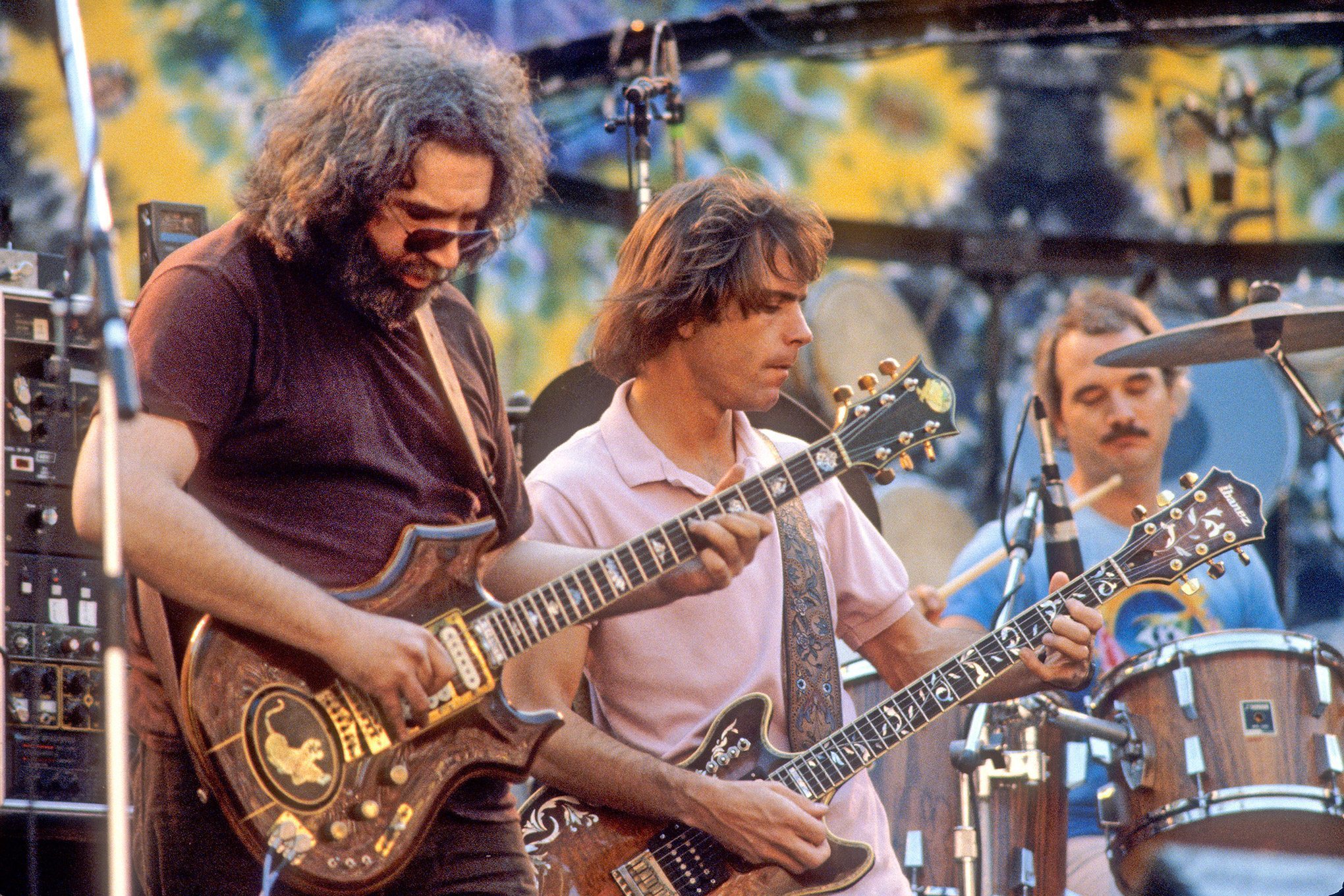
After going up the octave in the chorus, lead singer Marcus Mumford comes back down to a lower sing-mumble for the “got two reasons why I cry” verse, which makes the song’s protagonist seem more sympathetic.ģ. While I have nothing against the original, the slower pace of Mumford & Sons’ version has a more patient feel to it that fits better with the “set out running but I take my time” lyric.Ģ. Mumford & Sons put this version together for the 2016 multi-band mega-tribute Day of the Dead.ġ. A number of musicians have used 666, and the devil more generally, as a way to ruffle feathers, exercise artistic license, or (most likely of all) boost sales.īut of all rock’s references to the devil, none come off more upbeat than The Grateful Dead’s classic “Friend of the Devil.” It’s the closest they ever came to a mainstream hit, and it’s been covered by so many others that it could rightfully be called a folk standard.

Of course, music, particularly rock and roll, has often been accused of being a tool of the devil. He didn’t help quell the rumour when, after retirement, he purchased a property that had 666 as its street address. This was first pointed out in a Washington Post article shortly after Reagan won the 1980 election.
GRATEFUL DEAD FRIEND OF THE DEVIL FULL
This encoding requires each letter of the Hebrew alphabet to be assigned a number, and then the letters in Nero’s name can be summed to make 666.Ī more recent emperor, Ronald Reagan, was also associated with the number when people realized that his full name – Ronald Wilson Reagan – contained three words of six letters each. Some people contend that because 777 represents perfection, 666 represents Satan’s imitation of perfection…a cheaper, off-brand version perfection I guess.Ī more popular theory seems to be that the passage was a reference to the Roman emperor Nero, who was particularly nasty to Christians, and whose name could be encoded as 666. It’s precise enough to sound legit, and yet vague enough to encourage everyone from scholarly historians to internet weirdos to put forward theories about what it means. It began with the Bible’s Book of Revelation, which helpfully reminds us to “count the number of the beast: for it is the number of a man, and his number is 666.” Which is, translation and centuries of linguistic evolution aside, a strange phrase. This got me thinking: of all the numbers, why did poor old six hundred and sixty-six become the one so often associated with pure evil?


 0 kommentar(er)
0 kommentar(er)
